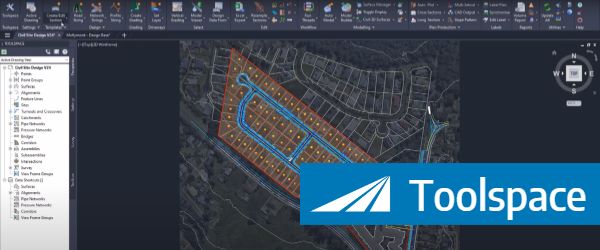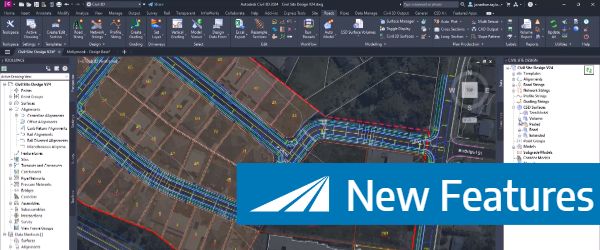Non-linear design is when a typical, cross section-based design does not generate the intended result. Typically for designs that are non-parallel, such as driveways, car parks, commercial / Industrial, residential & retaining wall projects. In this webinar, our expert, Jonathan Taylor will show you how to use the Civil Site Design tools to tackle these types of projects. Exploring Grading Strings and surface based design, including staple tools such as Insert Sections, Surface Extend, Design Constraints and Model Builder. Stick around towards the end where you can see how to use the Driveway Checker to review the proposed crossing.
0:00 Introduction & Overview
6:47 Kerb Reconstruction & Drive Crossing
10:40 Surface Extend
14:50 Paste Surface
16:10 Connecting the Road CL
18:42 Designing the edge codes strings
23:32 Transitioning with Design Constraints
31:58 Threads
33:14 Design Variation – Match to Strings
37:35 Model Builder
42:00 Matching Non-Linear Strings
43:30 Surface Extend
45:46 Edge 1 – Auto Profile
48:02 Inserting Grading String Sections
50:30 Edge 2 – Auto Profile
53:34 Parking Island
56:59 CAD Objects with Model Builder
59:30 Driveway Checking Proposed Designs
1:01:46 Grading Strings vs Profile Strings
1:03:45 Grading String Subgrade
In Civil Site Design V24, users can now save templates as packed (zipped) files, making them portable for sharing with teams and projects.
With the new Convert 2D Objects, Civil Site Design can read your 2D objects, such as text or block attributes and convert them into dynamic, elevated Cogo Points. The result? A live surface onto which design can begin.
Creating, Reviewing, Editing and finding contextual commands can all be done using the Toolspace, which offers the majority of functionality all within a single, dockable palette.
To coincide with the Autodesk 2024 release, Civil site design v24 has been released featuring a number of new and improved features, here is an overview of what's in this release.





